Spanish Cedar Wood
Cedro or Spanish Cedar lumber is a prized Latin-American specie. It Cigar humidors, electric guitar bodies & acoustic guitars are made from it. Traditionally a South American wood, Spanish Cedar (like Genuine Mahogany) is now grown on plantations under controlled conditions.
Ironically, Cedro is not part of the cedar family. However, it has a sweet cedar-like scent. The English translation of its scientific name Cedrela Odorata. From Latin, it means “smells like cedar.”
↓ Subscribe for Video Secrets of the Wood Business ↓
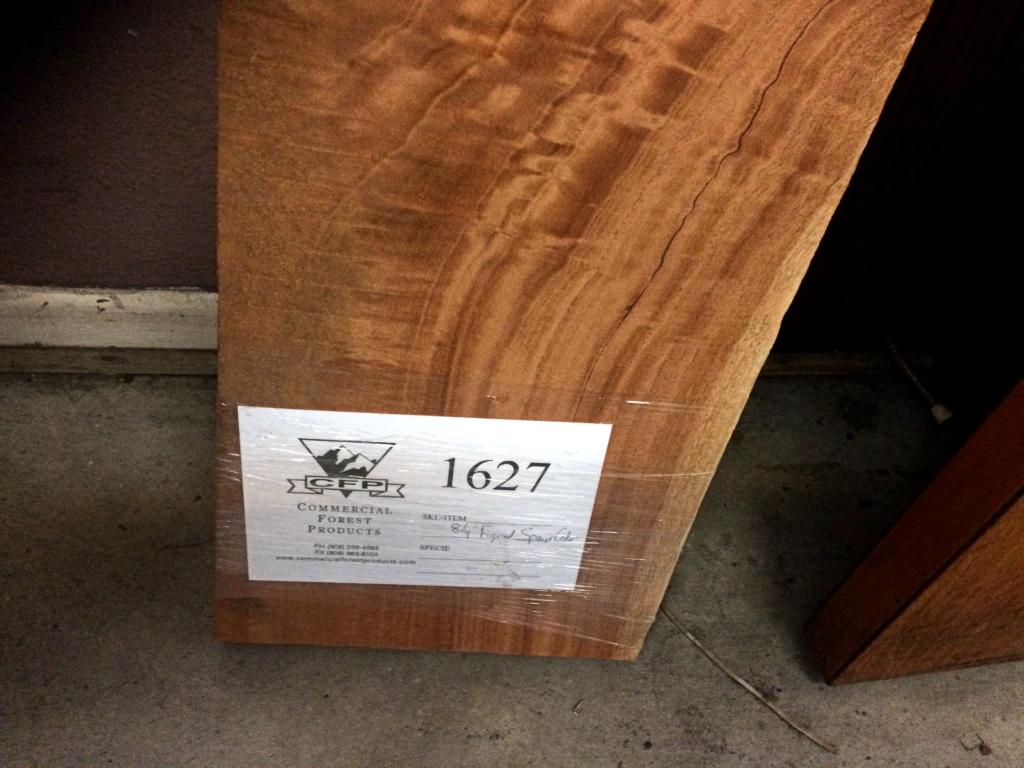
Technical Information
- Scientific name: Cedrela Odorata
- Alternative Names: Cedro, Cigar Box Cedar, Mexican Cedar
- Region of Origin: South America, Africa
- Average Dried Weight: 29.5 LB/cubic foot
- Janka Hardness Rating: 600
- Specific Gravity: .48
- IUCN Red List: Yes
- CITES wood: Yes
Spanish Cedar for Humidors
Spanish Cedar is the most common wood use for cigar humidor construction.
This is because it is excellent at resisting humidity and maintaining a consistent internal temperature. Additionally, Cedro is resistant to bug infestations. Also, Cedro’s scent complements the cigar’s flavor without changing it.
Cigars require stable moisture levels and temperatures for long term preservation. The primary function of a humidor is to allow a cigar to age well. Thus, Spanish Cedar is used because of its climate control properties.
Cedar in Guitar Construction
Spanish Cedar has long been used for classical acoustic guitar construction.
Over the past 30 years, it grew a following among luthiers as an electric guitar body wood. It is a good substitute for Genuine Mahogany in appearance. Additionally, the weight typically runs 15-20% lighter than Genuine Mahogany. Thus, it’s often presented as a lightweight Mahogany alternative tonewood.

Bass Guitar Bodies
In 2017, we supplied 8/4 Cedro body wood for a limited run of electric bass guitars. The run was commissioned by Eric Wilson of Sublime, Sublime with Rome and the Long Beach Dub All-Stars.
These instruments were painted instead of stained. Thus, I was a little surprised by the choice of wood. Alder, poplar and basswood all paint well and are more readily available than Cedro.
However, Eric was impressed by the weight and acoustics of the Cedro. It was a conscious decision, not one of convenience.
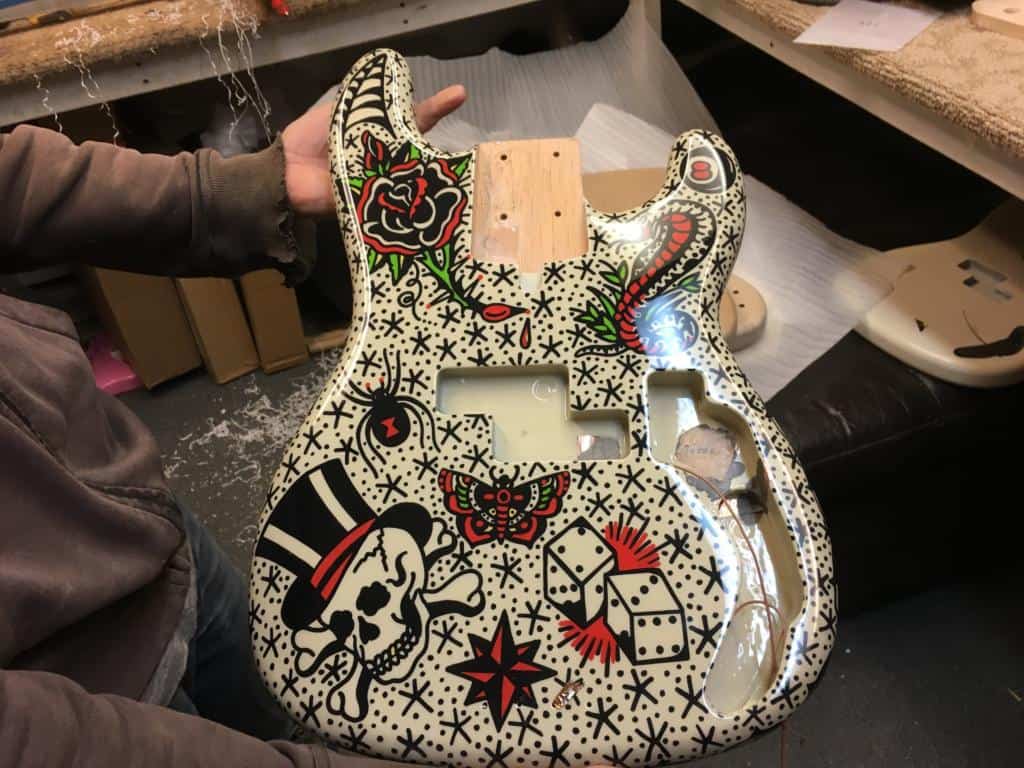
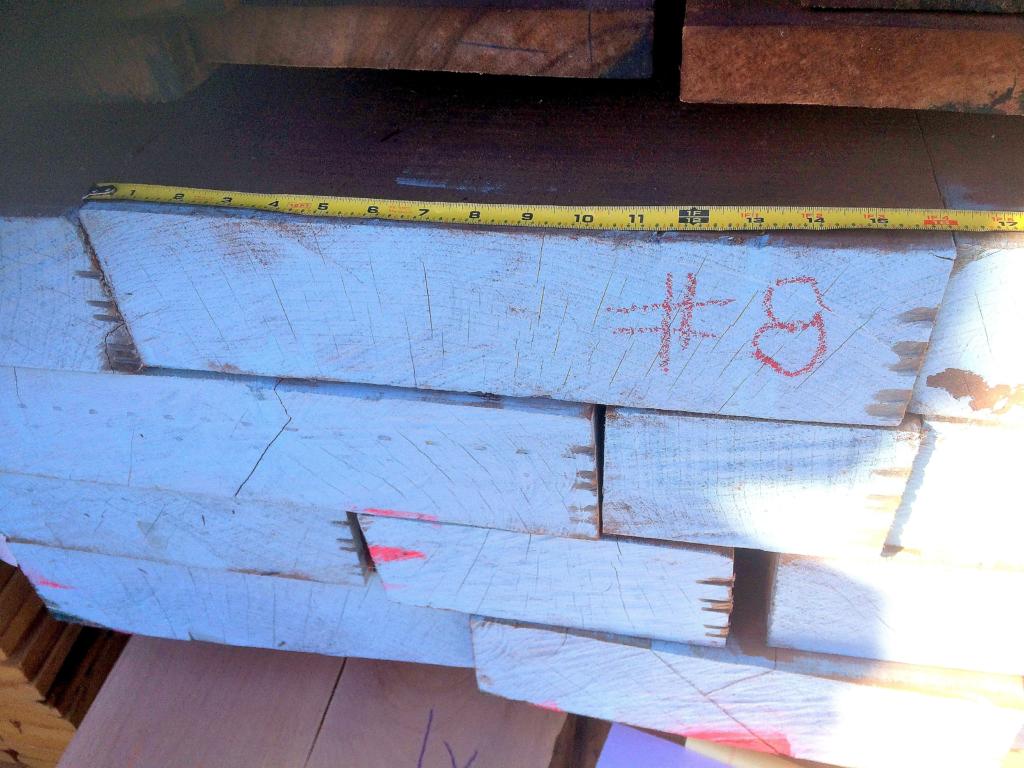
Spanish Cedar from South America
Cedro produced in South American countries grows slower and more consistently than Cedro produced on African plantations. South American Cedro is also more expensive and a better Genuine Mahogany substitute than its African counterpart.
The Spanish Cedar depicted in the title picture is from Brazil. Its color is rich and consistent. The grain runs uniform Also, there are almost no pin knots or resin streaks.
As noted in humidor-guide.com, cedro is the preferred wood of humidor manufacturers. However, resin bleeding, seeping or whatever you want to call it, can damage cigars. Also, there are liability and reputation concerns.
It’s disconcerting to think that a humidor may possibly start leaking resin in the future.
In our experience, South American Spanish Cedar is substantially less likely to bleed resin than African. I honestly do not know if this is due to soil composition, growth rate or quality of kiln drying. It’s likely a combination of the three.
What is Resin Bleeding?
Online Cedro woodworking and humidor forums are filled with questions related to resin bleed. Sometimes this is referred to as wood exudate.
A 1964 report by the United States Forest Service confirms that resin bleed is more likely to occur in Spanish Cedro from certain geographic areas than from others. Additionally, this dovetails with my Cedro purchasing experience, as well.
Resin bleed is a release of resins from inside of the wood to the wood’s surface.
The resin is clear but tacky. It is almost like super glue that has not yet hardened.
How To Remove Resin
You can remove the resin by applying acetate and sanding. However, since the resin is released from the interior of the wood, it may happen repeatedly and unpredictably.
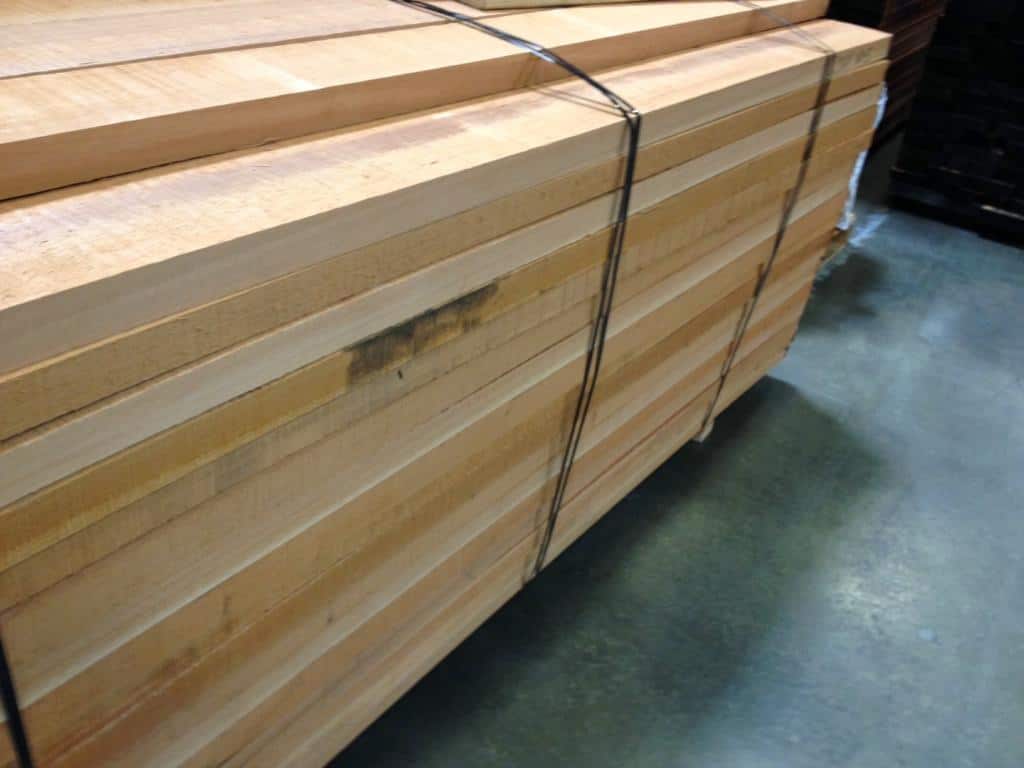
8/4 Spanish Cedar African production with lighter color and density.
African Spanish Cedar: Plantation Grown
Plantation grown Cedro has a dubious reputation in the hardwood lumber industry.
I view plantation cedar like car salespeople. There are definitely good car salespeople out there. However, the shady ones extensively damage their reputation, as a group.
Almost every plantation cedro sawmill claims their resources, sawmill and quality controls are top shelf. They also claim to have much better quality lumber than the rest of the plantation cedar on the market.
Rarely have I found this to be true. From an NHLA lumber grading standpoint, African Cedar is abysmal.
Most buyers of imported hardwood assume the lumber is select/better grade or close. However, plantation Cedro can be riddled with pin knots. When the lumber is rough-sawn, pin knots are hard to see.
Do not assume that African plantation cedar is clear simply because you’re only being offered one grade.
Two important questions to ask your supplier before buying African Cedro:
- Is it graded against pin knots? If the answer is yes, that’s still not a guarantee but at least you may have some recourse later.
- What is the country of origin?
Additionally, plantation cedar can have very open and wild grain.
From a tooling perspective, African Spanish Cedar is prone to silica. This causes grain fuzz and dull knife blades.
African plantation Cedro has a few advantages over South American Cedro:
- It is approximately half the cost of South American production.
- Production is widely available.
- Grown under controlled conditions.
- Density is low and weight is light.
- When you find a good source, it is easy to sell.
Spanish Cedar: old verses new
Designers, architects and contractors often specify Spanish Cedar to match or replace premium wood from the early 20th century. Since 90% of the Spanish Cedar currently in the United States is African, it is often used by default, regardless of quality considerations. Often, our competitors don’t even know there is another option.
Is Spanish Cedar Toxic?
Cedro wood sawdust can cause mild irritation among people with allergies. However, when compared with other woods imported from South America & Africa, Cedro causes few problems. Regardless, severe reactions occasionally occur.
Spanish Cedar vs Mahogany
Spanish Cedar is an excellent alternative to Genuine Mahogany.
There are 3 reasons woodworkers and luthiers choose Spanish Cedar vs mahogany:
- Similar appearance and grain. Cedar appears very similar to mahogany. Without a close inspection, many woodworkers are unable to visually tell Cedro from Mahogany.
- Price. Cedro pricing averages between 50-70% the cost of Honduras Mahogany.
- Density. Cedro density is typically less than South American Mahogany and African Khaya Mahogany. Accordingly, if a wood project has weight or density restrictions, Cedro is preferable to either Mahogany wood specie.

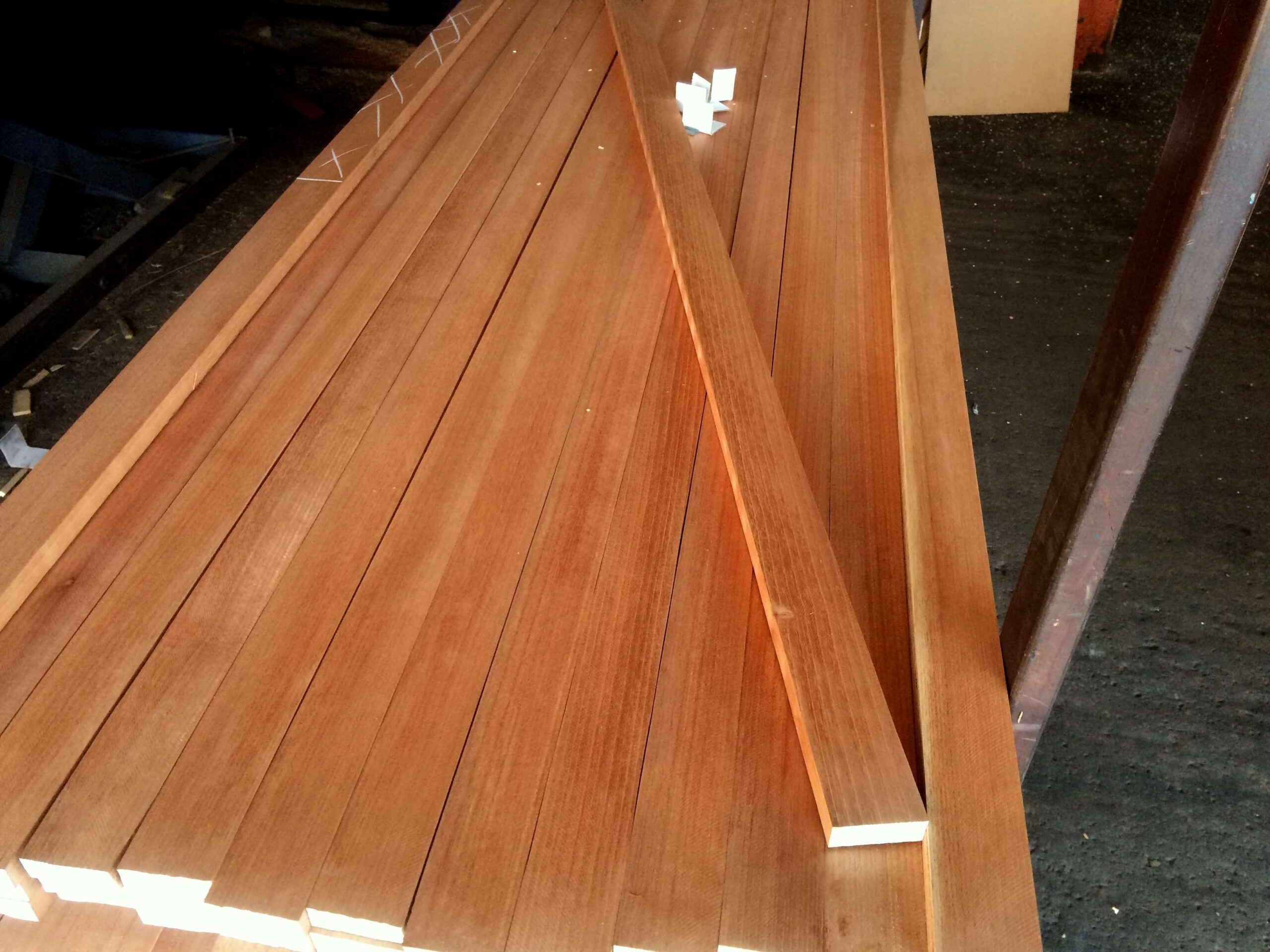
Pingback: Import Wood End Checking: How to Prevent - Commercial Forest Products
Pingback: 🌳 Good Genuine Mahogany - Where is it? - Commercial Forest Products
Pingback: SASSAFRAS Lumber - Commercial Forest Products
Pingback: How To Tell Honduras Mahogany From African? 2023 - Commercial Forest Products